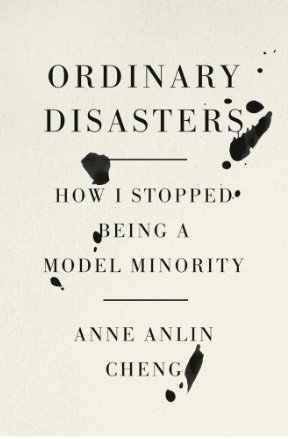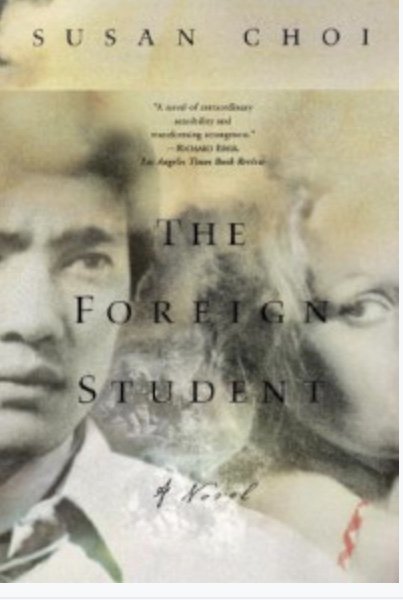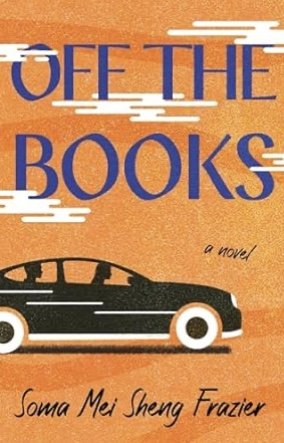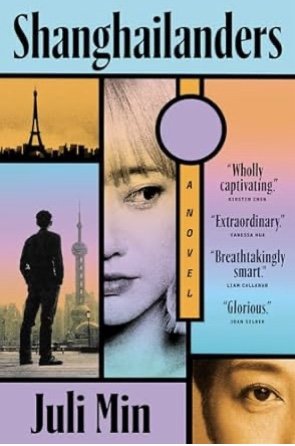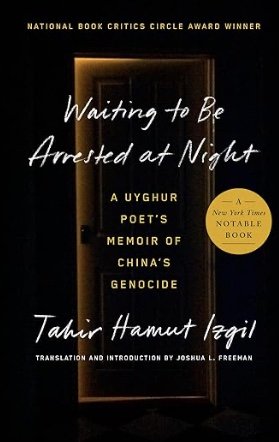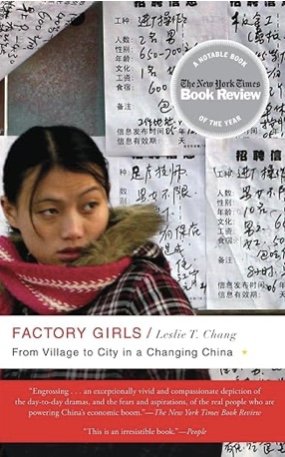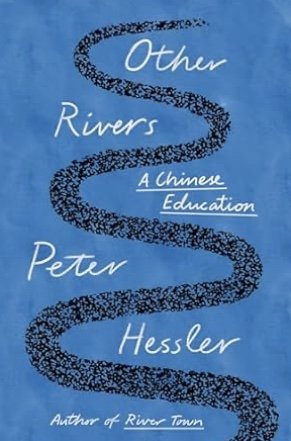Ordinary Disasters by Anne Anlin Cheng (Pantheon Books)
“Give me a child until he is seven and I will show you the man.” This piece of wisdom, originally spoken by Aristotle, has been claimed by St. Ignatius of Loyola, founder of those rigorous Catholic educators, the Jesuit order, and by Valdimir Lenin, founder of the Russian Communist Party. This unlikely group all recognized a common truth: children are irrevocably shaped by their first seven years of life.
Anne Anlin Cheng lived in Taiwan until she was ten. She outwardly assimilated within the United States to the point that when her grandparents came from Taiwan for a six-month stay when she was twelve, she had little to say to them. English had outstripped the words she had spoken with them only two years before, putting “a language barrier between my grandparents and me.”
And yet assimilation, Cheng says, is a matter of covering over differences to fit within another culture, “a shell game.” The “forces of family, of race and culture” that shaped her are Taiwanese, which she realizes most often in her marriage to a white native-born American. Their racial differences are alive “in the pockets of everyday intimacies.”
America lumps her differences into the category of “Asian. ” Quoting another writer, David Xu Borgonjon, Cheng points out “You can only be Asian outside of Asia.” A “scholar of race and gender,” Cheng attends a meeting at her university that’s held for Asian and Asian American staff “in response to the rise in violence against people of Asian descent.” Within a matter of minutes “ethnic and national differences” take over, showing the artificiality of the “Asian” label.
The common thread uniting people from the continent of Asia is the racism and stereotype that’s been fostered by three centuries of America’s “cultural and legal discrimination.” When this resurfaces during Covid, it proves to be as virulent as the physical virus.
Shortly before Covid struck, Cheng was diagnosed with cancer. Slowed by her fight against this disease and by the enforced isolation of the pandemic, she’s confronted with “unabashed racism sweeping our country,” which leads her to examine what she calls “ordinary disasters” and others call microaggressions. She finds them in her everyday life, in her profession, and in her history. She explores what they are and their relentless effects in this collection of personal essays, all of them blazingly smart and mercifully free of academic language. Scathing, tender, funny, and wide-ranging, these pieces turn a harsh magnifying glass on the ways U.S. culture and behavior chips away at what it calls “a model minority.”
An article in the New Yorker entitled Where the Future is Asian and the Asians are Robots prompts Cheng to observe the similarities between the stereotypical “China Doll” and the female cyborgs portrayed in contemporary cinema. When a relative gives her daughter an American Girl doll who is fashioned after a child in colonial Williamsburg, Cheng examines the role that dolls play in reinforcing white supremacy. She links Joan Didion’s essays with their “exquisite study of whiteness” to the Modernist Orientalism of Marie Kondo, pointing out that Didion’s obsession with self-control is closely related to Kondo’s rigid rules of orderliness. Both, she says, elevate efficiency and organization to “the status of Virtue.”
Cheng grew up in Georgia where Atlanta had the aura of “a multiracial heaven.” Her parents made the six-hour drive from Savannah frequently to buy ingredients at a Japanese grocery, eat at a “decent” Chinese restaurant, and browse at a Chinese bookstore. Then in 2021, “that Atlanta happened.” A white man killed six women “of Asian descent” who worked in “Asian-owned spas.” The killer was characterized as a man who “was having a bad day.” The murdered women were commonly and immediately assumed to be sex workers. “Let me name the victims,” Cheng says, and gives their ages. The youngest was 33, the oldest 74, all of them dead because of “racialized misogyny.”
Cheng ends her book with the universal truth of old age and death. “Aging is itself an incurable illness,” she says, pointing out the irony of “that even as you own more and more of yourself, your body is becoming less and less yours.” Her voice that’s explored the “ordinary disasters” underlying America’s undying racism illuminates the end that comes to us all, with the same strength and clarity that’s identified cancer and racism as “diseases of the most cellular level,” malignant and deadly.~Janet Brown
